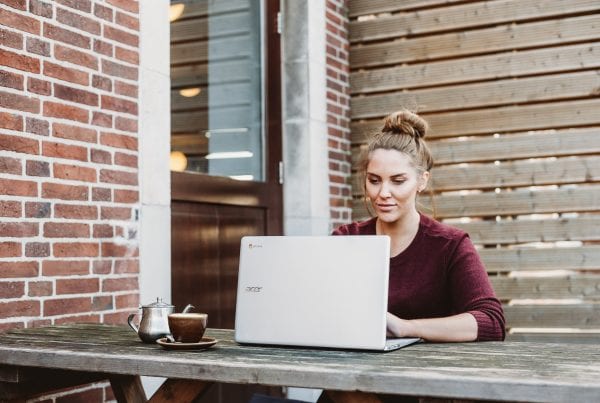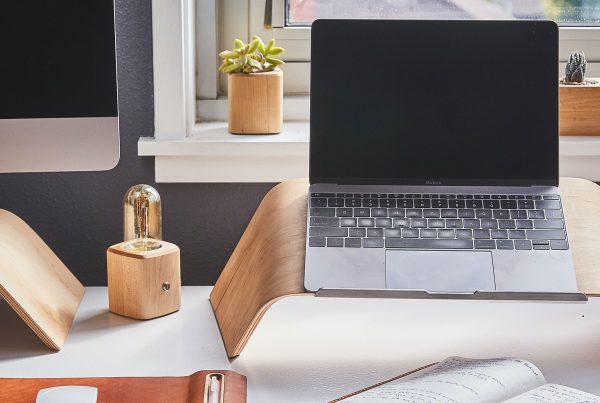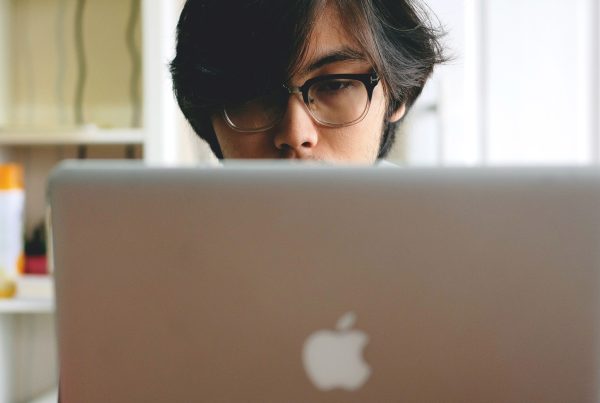Our culture is deeply connected to the idea of buying and having things. So many of us are taught to believe that buying stuff and owning things is the key to happiness. We see it everywhere, from social media to television ads to billboards. We are constantly encouraged to buy more stuff. Our possessions are no longer just tools – they are signs of how important we are and how well we’re doing in life. Because of this, we often judge ourselves and others based on our material possessions. Our focus on buying and having things influences how we make choices and where we spend our time and money.
The truth is that no matter how many expensive and awesome things we own, buying more won’t make us happy. In many cases, it can make us less happy. Too much stuff can become hard to take care of and keep organized, making it a cause of stress. And constantly buying things we don’t need really hurts our budget.
Enter minimalism. An awesome way to declutter your life and focus on what’s truly important. Minimalism is a way to unburden and simplify your life by shedding the excess to embrace a lifestyle of purpose and intention. It also aligns with environmental values by reducing consumption and waste. And it saves you a lot of money. Spending less on unnecessary items leads to increased savings and financial stability. This philosophy ties right in with extreme frugal living. And many people are embracing this lifestyle.
So, if you are ready to lose that excess baggage and live minimally, join us as we delve into the realm of extreme minimalism and living with less than 100 items.
Defining Extreme Minimalism
Extreme minimalism takes the idea of “less is more” to a new level. It involves intentionally reducing your possessions to a bare minimum, often fewer than 100 items. The aim is to declutter not only physical spaces but also mental and emotional landscapes, allowing you to focus on what truly matters. The Principles of extreme minimalism are:
- Essentialism: Focus on identifying and keeping only the essentials that add value to your life. Eliminate everything that doesn’t serve a clear purpose or contribute to your well-being.
- Decluttering: Regularly declutter your physical and digital spaces. Remove items, possessions, and digital files that no longer have a meaningful role in your life.
- Functionality: Prioritize functionality and practicality in your possessions and living spaces. Choose items that serve multiple purposes or have a high level of utility.
- Quality over Quantity: Invest in high-quality items that are built to last, rather than accumulating a large number of lower-quality possessions.
- Mindful Consumption: Be intentional in your consumption habits. Avoid impulse buying and consider the impact of your purchases on the environment and your overall well-being.
- Simplicity in Design: Embrace clean, simple design aesthetics in your living spaces and personal belongings. Avoid excess decoration and opt for clean lines and functional design.
- Waste Reduction: Strive to minimize waste by choosing reusable and sustainable products, reducing packaging, and adopting eco-friendly practices.
- Experience over Possessions: Place greater emphasis on experiences, relationships, and personal growth over material possessions. Invest your time and resources in activities that bring fulfillment and joy.
- Intentional Living: Live with purpose and intention. Reflect on your values, goals, and priorities to guide your decisions and actions. Regularly assess whether your choices align with your desired minimalist lifestyle.
The Journey to Extreme Minimalism
We know that living with less than 100 items is extreme but it can be done. Even if you choose to live with less than 500 items, living a minimalist lifestyle can be just as beneficial. To start your journey to a simple life, just work towards a goal of having fewer items than you do now. Once you get used to it, you can get more extreme about it. Let’s start today! Here are five steps to a minimalist lifestyle:
Step 1 – Assessment
Embarking on a minimalist lifestyle journey begins with a critical evaluation of your possessions. Take the time to carefully sift through your belongings, discerning what genuinely enriches your life and what merely clutters it. This involves considering the emotional attachment and practical utility of each item. What brings you joy? What serves a purpose? As you navigate this self-reflective terrain, you’ll gradually unveil a clearer picture of what truly matters.
Step 2 – Categorization
The next step involves categorizing your belongings into distinct groups: essentials, non-essentials, and sentimental items. This systematic arrangement allows you to perceive the varying roles possessions play in your life, enabling you to prioritize mindfully as you continue on your minimalist journey.
- Essential items are fundamental elements that support your daily life and well-being. These include things like sanitary napkins, your automobile, and basic furniture.
- Non-essentials are possessions that, although not vital, may still have practical value or contribute to your comfort. These can include stuff like sunglasses, old books, and extra cookware.
- Sentimental items are those that hold memories and emotions, each one telling a unique story from your past. These possessions often include photos, gifts, and letters.
Step 3 – Elimination
Getting rid of stuff is the most important part of the minimalism journey. Let go of the things that aren’t truly necessary. You can do this by donating items to people who need them, recycling responsibly, or even selling them. Remember that it’s not just about saying goodbye to things; it’s about feeling less attached to material possessions. This process can make you feel free and help you understand that experiences are more valuable than stuff. Each possession you get rid of becomes a step toward a simpler and more meaningful life, creating both physical space and emotional freedom.
Step 4 – Mindful Purchasing
As you continue on your minimalism journey, being mindful about what you buy becomes very important. Instead of just buying things on a whim or following short-lived trends, start being more thoughtful and careful. Ask yourself if the item you’re thinking of getting fits with what you truly need or care about. Will it make your life better, or will it just add more stuff to deal with? This way of thinking not only helps you value the things you choose more deeply but also makes you more aware of how your choices affect your life and the world around you. By being mindful of what you buy, you’re actively creating a path toward a life that’s more meaningful and satisfying.
Step 5 – Adaptation
The fifth step to extreme minimalism emphasizes the idea of adaptation. Understand that becoming an extreme minimalist is an ongoing process, not a final destination. Your thoughts, the way you look at possessions, and your needs will change as you go along. Remember, minimalism is different for everyone. What might work for someone might not work for you. Be open-minded and flexible. This will let you adjust and improve your minimalist approach as you move forward. The true essence of minimalism isn’t about being extreme, but about finding a balanced and mindful way to relate to your belongings and the world around you.
Conclusion
Embracing extreme minimalism, the art of living with fewer than 100 items, is a transformative journey towards a more intentional and meaningful life. By aligning your possessions with purpose, simplifying your home, and focusing on what truly matters, you can find clarity, freedom, and fulfillment. Remember, it’s a slow journey so give yourself time and patience. Minimalism truly can help you live a more peaceful life. Your mind and pocketbook will thank you for it.











